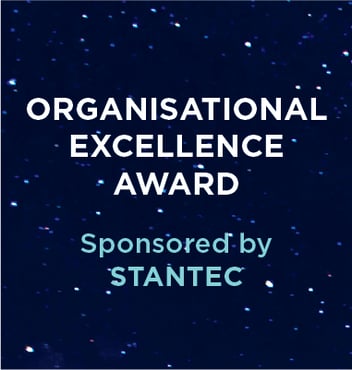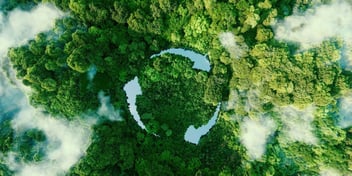Delivering safe drinking water to remote WA
Water Corporation, together with water treatment specialist SUEZ, has implemented Electro Dialysis Reversal (EDR) in the Western Australian communities of Wiluna and Yalgoo to supply safe and sustainable drinking water.
Presenting at the upcoming Ozwater’18 conference on the benefits of this water treatment technology, SUEZ Lead Process Engineer Jennine Finlayson said EDR offers a “great solution” for drinking water treatment in remote communities.
“EDR is basically a variation of electro dialysis. It’s an electrochemical separation process and we are using power to transfer dissolved components, which have a charge in the water through special membranes that we make. Our membranes are either cation selective or anion selective,” she said.
“We are using that power rather than chemicals to pull the dissolved cations and anions out of the water. The difference is that we change the polarity of the electrodes, which helps to clean the membranes.
“Reversing the direction cleans the surface of the membranes a couple of times an hour, so we are able to use it for water that might be a bit more fouling.”
Finlayson said the main benefits of applying this technology in WA communities is that EDR works well with high-silica water, which is a typically high component in regional bore water.
“The biggest benefit we see in Western Australia is that there is a lot of silica in bore water. Traditional treatments get fouled very easily at high recoveries, but because EDR does not concentrate silica, it just goes straight through. You can use it on high-silica water,” she said.
“The biggest issue in both Wiluna and Yalgoo is high nitrate levels. There are Australian Drinking Water Guidelines about the maximum nitrate level because it impacts young children. Water Corporation would have had to supply bottled water previously for bottle-fed infants.”
Furthermore, Finlayson said the process helps to alleviate other issues important to the communities, such as water taste and smell, in addition to reducing harshness levels to avoid scaling of metal appliances.
The combination of high recovery and low chemical usage made EDR the ideal option for water treatment in these communities, Finlayson said.
“There is limited bore water in these places; it’s a precious resource. If you apply a more traditional treatment technology, you have to run at a low recovery, meaning you have a lot of waste. With EDR, we were able to get a higher recovery so they can use more of the water,” she said.
“It’s relatively low in chemical consumption, and it’s relatively expensive to ship chemicals to these communities. We go in every few months to do a checkup, but the process is highly automated, which helps because you don't need an operator sitting at the plant.”
While the application of EDR hasn’t been without challenges, Finlayson said SUEZ has “learnt a lot” through the process and has been able to optimise chemical usage.
“We’ve had some scaling events, but the biggest challenge has been characterising the feed water so we know what recovery we can run at and what chemicals we need to have,” she said.
“Monitoring the chemical dosage has been a bit of a learning curve, but we have optimised the chemical usage and cleaning requirements.”
You can hear more from Water Corporation at the upcoming WA Conference on 6 April. Details here.
Register for Ozwater’18 to hear more from Jennine Finlayson about EDR technology application in remote Australian communities.


